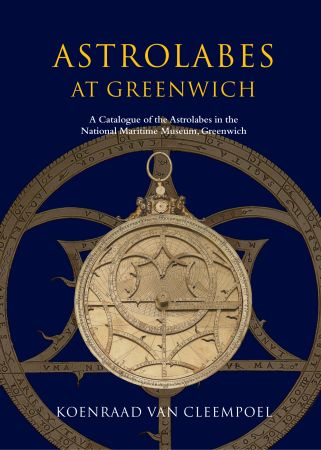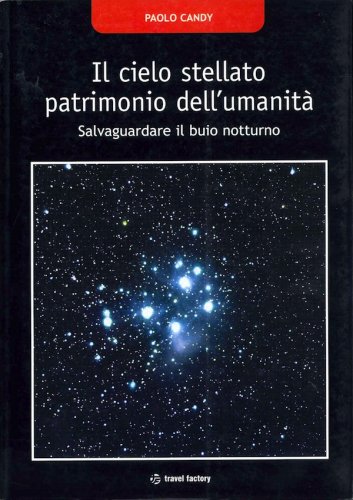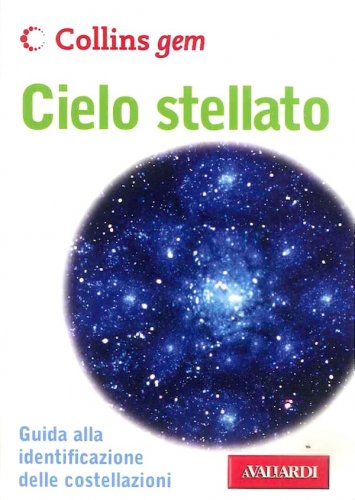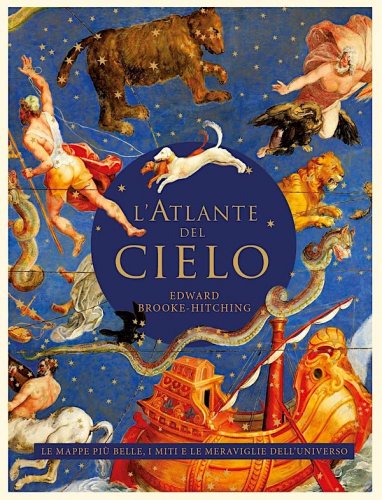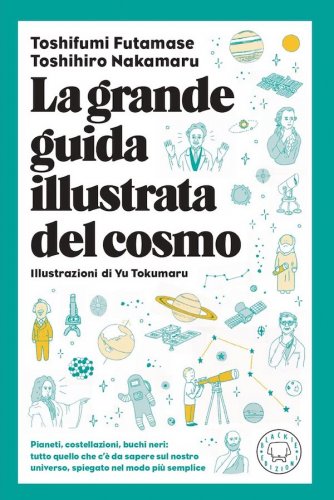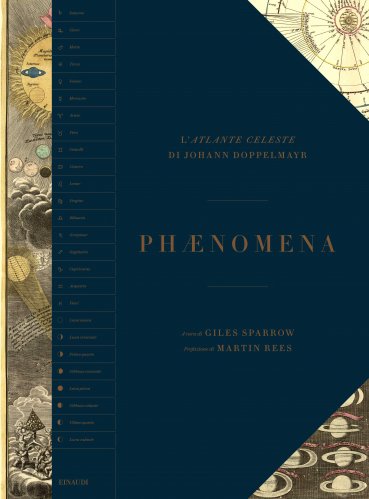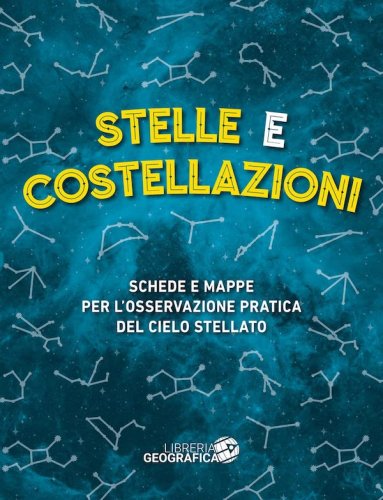Astrolabes at Greenwich
a catalogue of the astrolabes in the National Maritime Museum
Astrolabes at Greenwich
a catalogue of the astrolabes in the National Maritime Museum
- Disponibile in 7 giorni
- Possibilità di reso entro 10 giorni lavorativi
- Transazione sicura con carta di credito, Paypal o bonifico bancario
- Spedizione tracciata con SDA
Comprehensive catalogue of all the astrolabes in the collection of the National Maritime Museum, Greenwich. Contains full catalogue descriptions of all items. Superb photographs, many in colour, of all items. Expert introductory articles set the collection in its cultural context. The astrolabe is one of the most intriguing of all early scientific instruments. Invented by the Greeks, the design and construction of the astrolabe remained largely unchanged for hundreds of years as it passed through the Arabic, Indian, Persian, and Medieval European cultures. The astrolabe was the starting-point for the design of many other types of calculating and observing instruments in the Middle Ages and the Renaissance. With 53 astrolabes, the National Maritime Museum at Greenwich houses one of the largest collections in the world. This number presents a fair balance between the Eastern (30) and the Western (23) instruments, with some exceptionally fine highlights in each group. This beautifully-produced large format book catalogues the astrolabes in the National Maritime Museum collection, and includes accompanying essays written by world experts in their fields. Published in series with 'Globes at Greenwich' and 'Sundials at Greenwich', this prestigious catalogue will appeal to collectors of such scientific instruments as well as academic historians of science.

